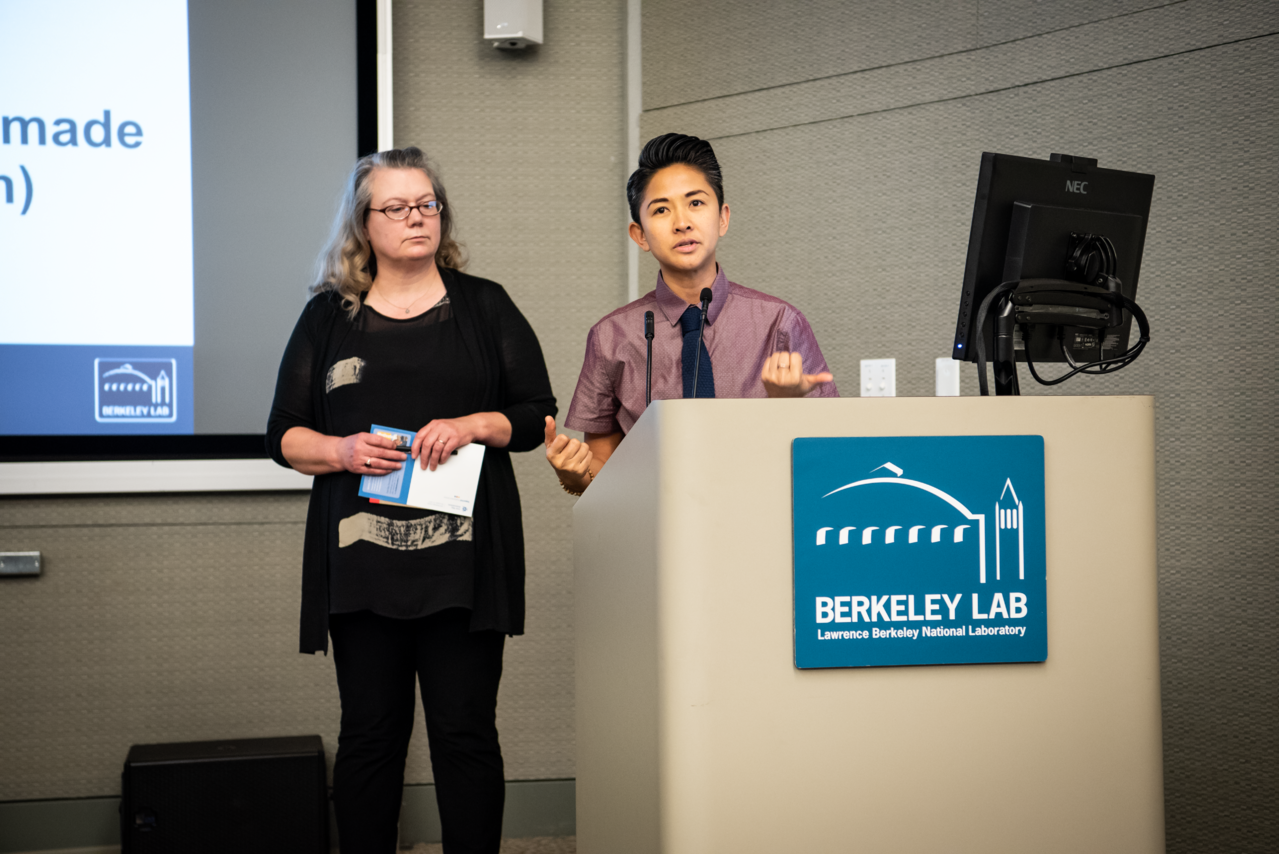
The foundation of any effective work arrangement is the open and interactive dialogue between employees and supervisors. This requires two-way communication and a focus on the needs of our workplace, colleagues, and the community we serve. This guide helps set a course for a productive and efficient conversation.
Initiate the dialogue
Each supervisor should ensure that a conversation occurs and an appropriate work arrangement is identified. This discussion should be for establishing an initial work arrangement and continue on a periodic basis to make any necessary changes.
Employee and supervisor review the following:
- Flexible Work Guidelines — become familiar with the types of work arrangements and the supervisor’s/employee’s role.
- Flexible Work Arrangement Process Guide — review the applicable employee or supervisor considerations.
- The employee’s position description and any other relevant information pertaining to the duties and expectations of the position.
Prepare for the conversation
Based on their review of the tool kit and guide, employees and supervisors should prepare talking points for their meeting
Employees should be prepared to discuss:
- The type of work arrangement they believe will best suit their needs while meeting the requirements of their position.
- How they will meet the requirements of the position with the proposed work arrangement (tasks, deliverables, customer needs, etc.).
- Expectations for availability and schedule, communication, measuring productivity, customer engagement, etc.
- Off-site work location details.
Supervisors should be prepared to discuss:
- Which duties of the position require on-site presence vs. which are conducive for performing off-site.
- The impact on stakeholders in terms of receiving work deliverables from an off-site location. The supervisor should discuss in advance with relevant stakeholders (matrixed customers, work leads, etc.) to ensure they understand their needs and requirements.
- Identify obstacles in the proposed arrangement and how the group will address any gaps.
- The employee’s perspective for how the employee believes the work can be effectively achieved with the proposed work arrangement.
- Remember to remain open and practice active listening.
- Ask questions for clarification and respectfully engage in a two-way dialogue about assumptions and expectations.
- Expectations for availability and schedule, communication, measuring productivity, customer engagement, etc.
- Off-site work location details.
NOTE: When differences in opinion arise, and an agreement is not reached in the initial discussion, it is okay. This can be a healthy part of the process. Each party should make note of where there is not alignment, and agree to reconvene at another time after further consideration. Both should take time to carefully consider the other’s perspective and challenge their own assumptions and be prepared to discuss again and consider modifications to the initial proposal or alternative options, if appropriate. If after a follow-up discussion an arrangement is not reached, the supervisor may contact their HR Division Partner for additional support and resources. The role of the HR Division Partner is to help facilitate a resolution, but the ultimate authority for approval of the work arrangement is the management responsibility of the respective supervisor, division director, and/or ALD based on their accountability to ensure the Lab’s business and/or mission needs are effectively met.
Planning
Employee and supervisor should discuss and develop a plan for actively ensuring the work arrangement is successful. Plans should include expectations for:
- Availability, work hours, and schedule.
- Communications.
- Monitoring and measuring progress toward work goals and objectives.
- Work location needs.
- Customer feedback.
- Periodic check-ins to review work arrangement success and adjustments as necessary.
Check-in for success
It is recommended that the supervisor and employee plan and schedule regular check-in meetings (such as monthly) to evaluate the effectiveness of the agreed flexible work arrangement in practice, and make any necessary adjustments to align with expectations and ensure effective performance of the position duties.